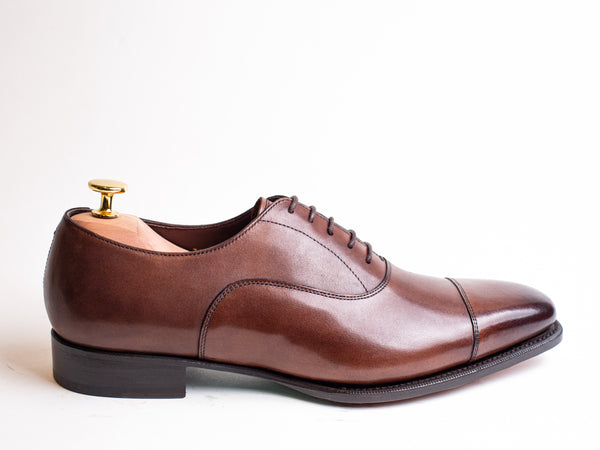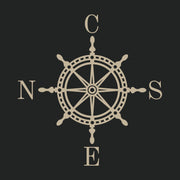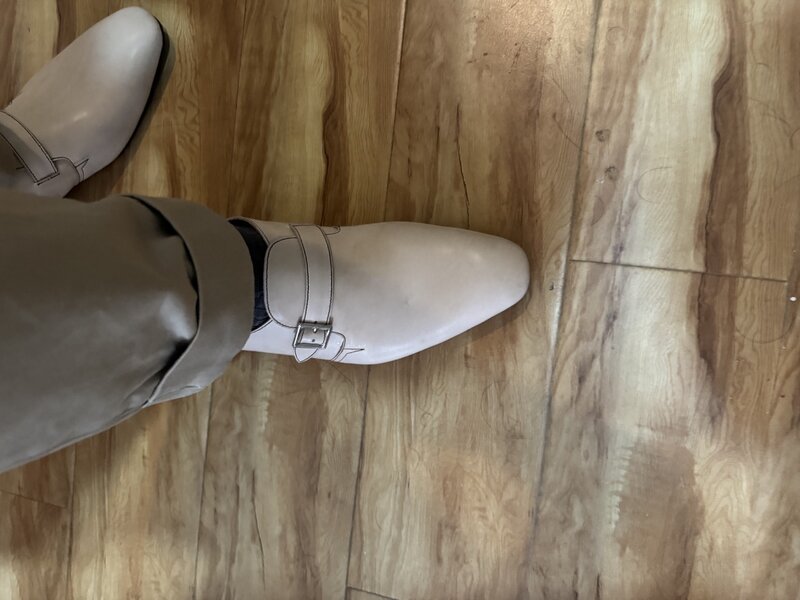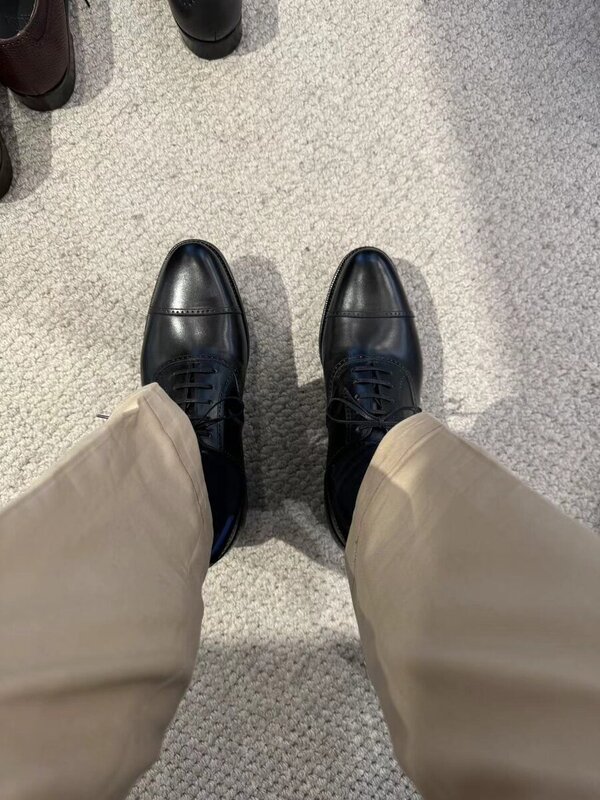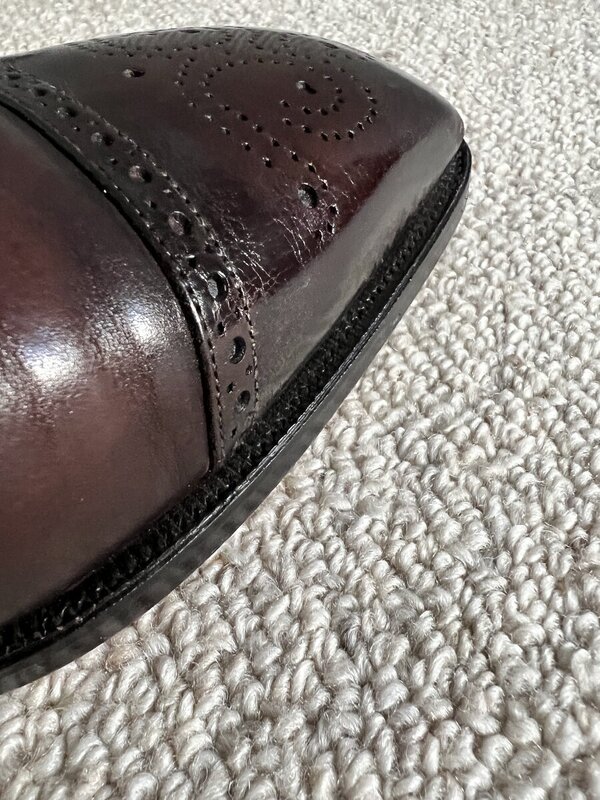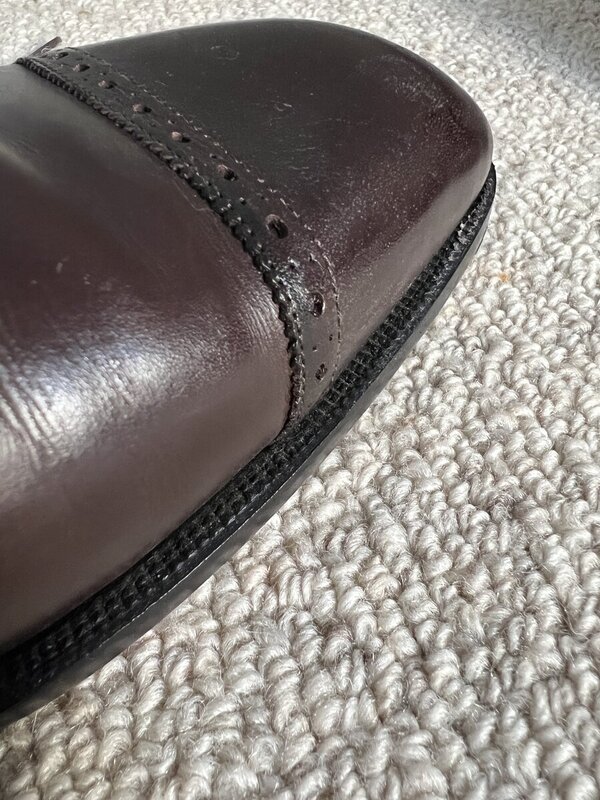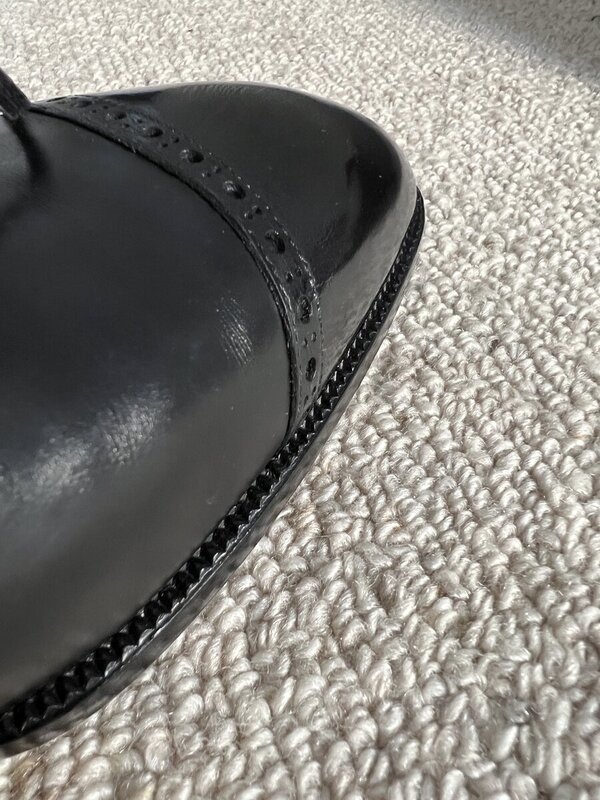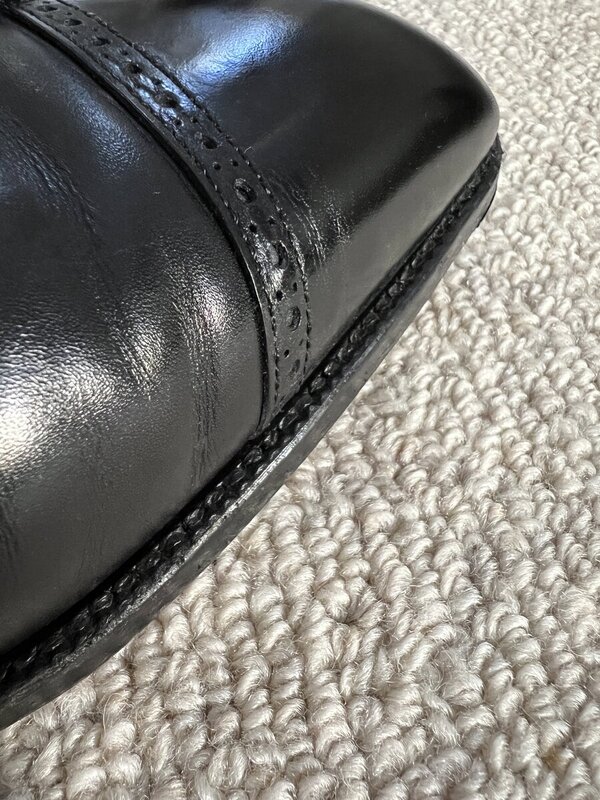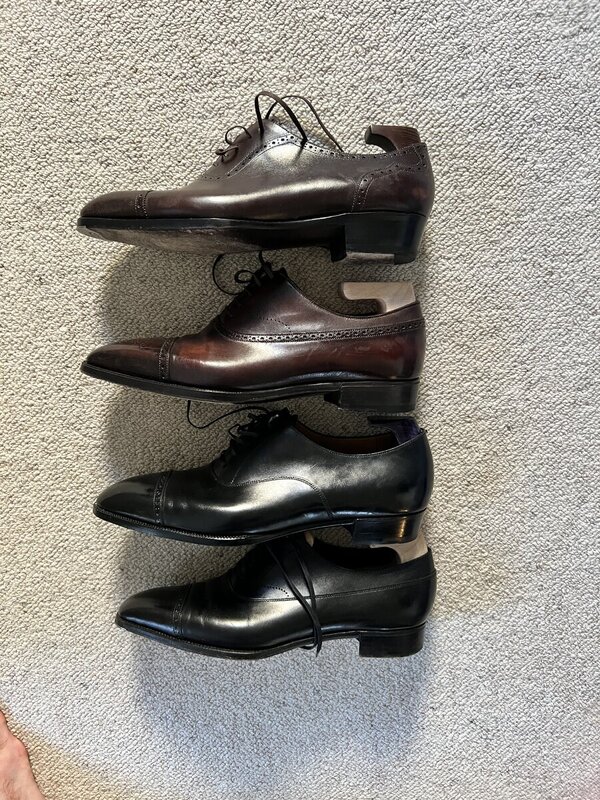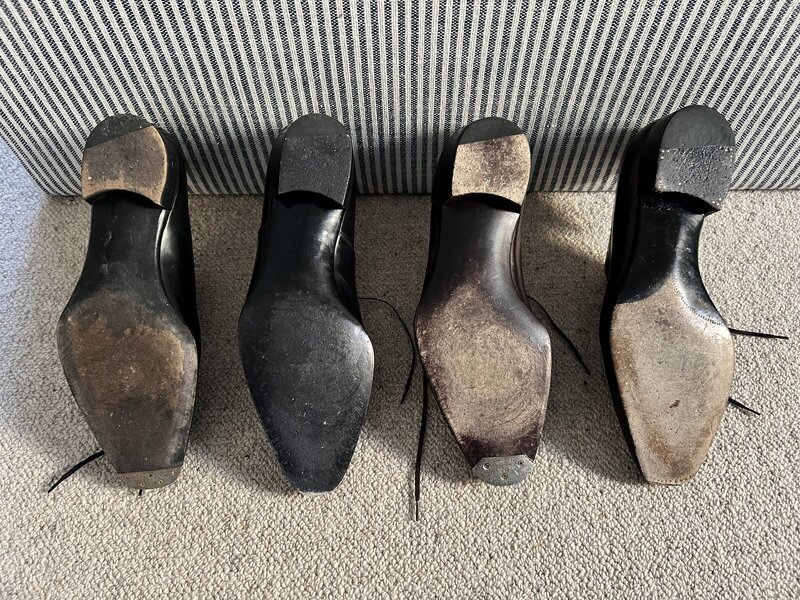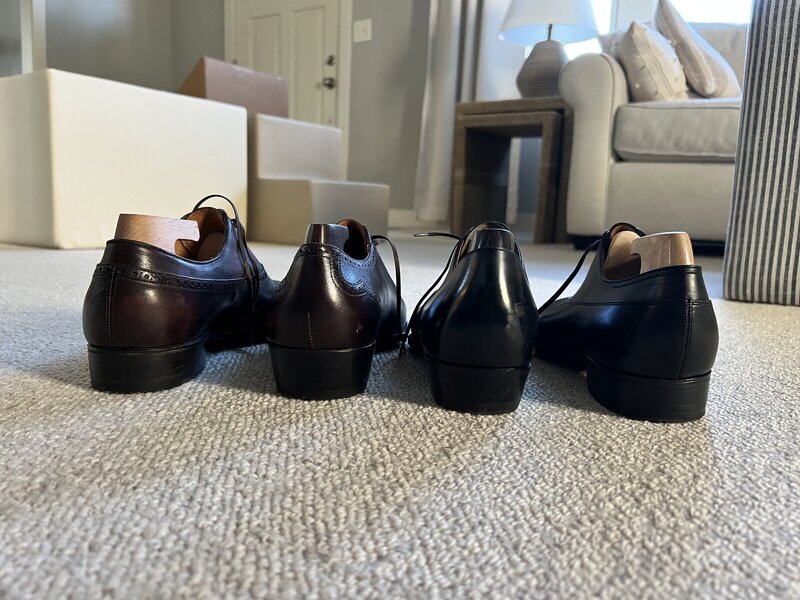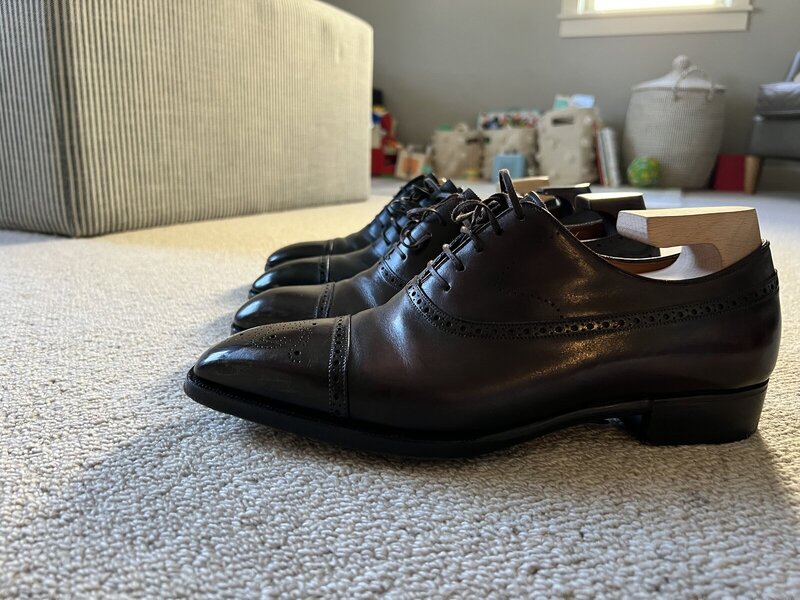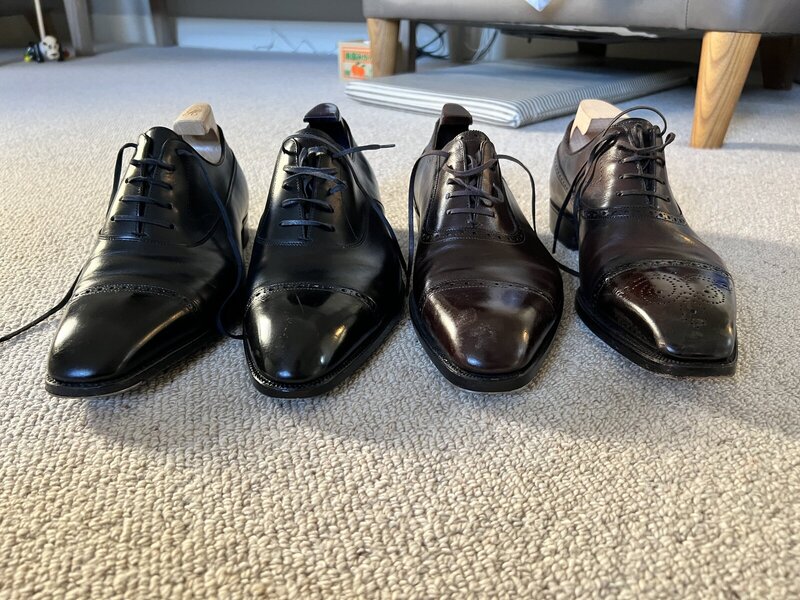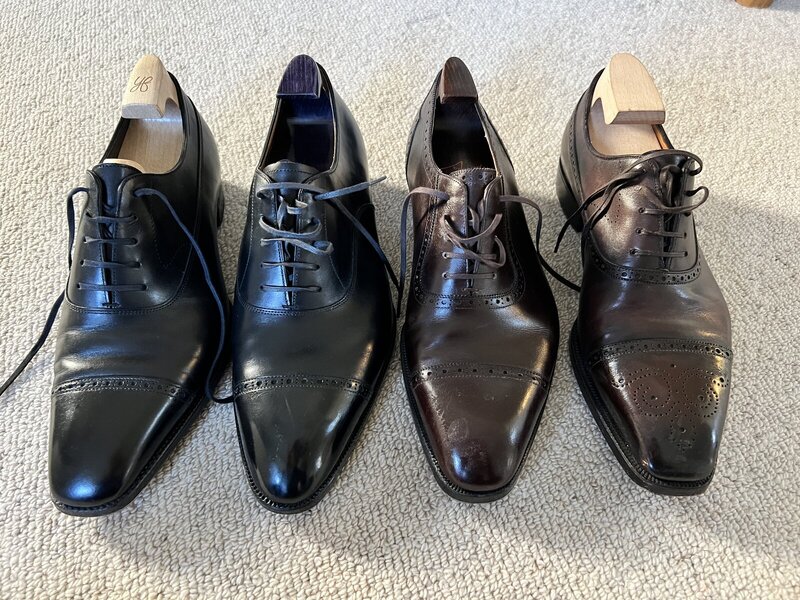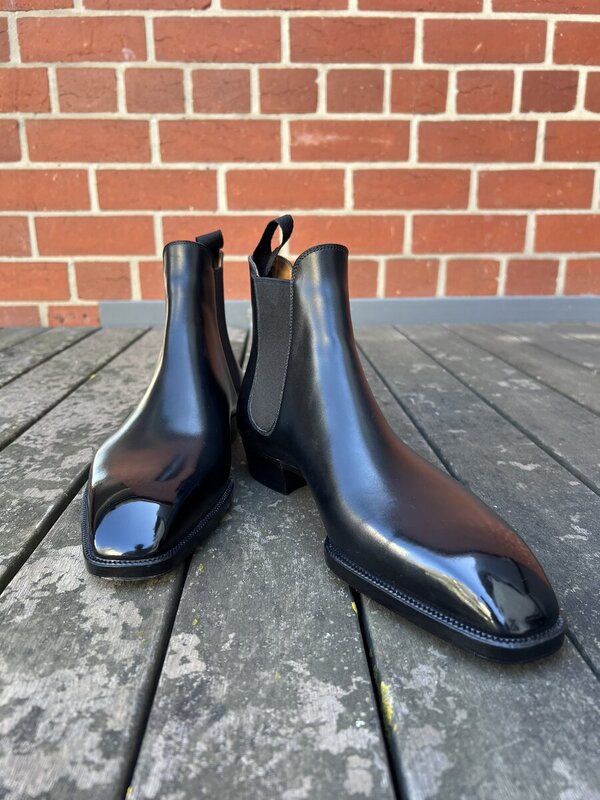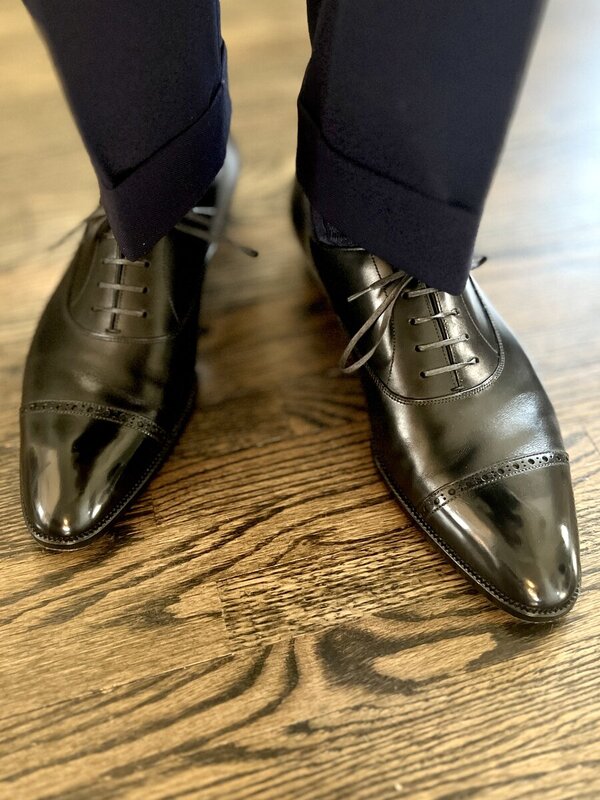acapaca
Distinguished Member
- Joined
- Oct 15, 2017
- Messages
- 1,072
- Reaction score
- 1,174
Thanks, Jesper. Yes, I've learned about the 'blind welt' but I also thought the sole would cover the stitches, which doesn't seem to apply in this case. I mean, it doesn't appear that they even made an attempt to do that, which makes me think that what they intend to be offering is something different altogether. Or, maybe they are just covering the welt and not concerned with also covering the stitches? I do have blind welts from AM where the stitching is fully covered by the sole, so I can see the difference.Blind welt means the welt is covered by the outsole. You don't see the welt, hence "blind welt", not "blind welt stitching". I don't know exactly how your shoes look, but one sometimes can see the stitches if one look close, it's not uncommon with a small gap between the sole edge and the upper, and especially wouldn't expect the most perfect work in this area on shoes at the price they offer, basically among the cheapest blind welted waists you can find. Regarding stitching, when you blind welt you do sparse not that precise stitches, since they won't be noticeable unless looking really up close.
Here's a couple shots in the spoiler.
